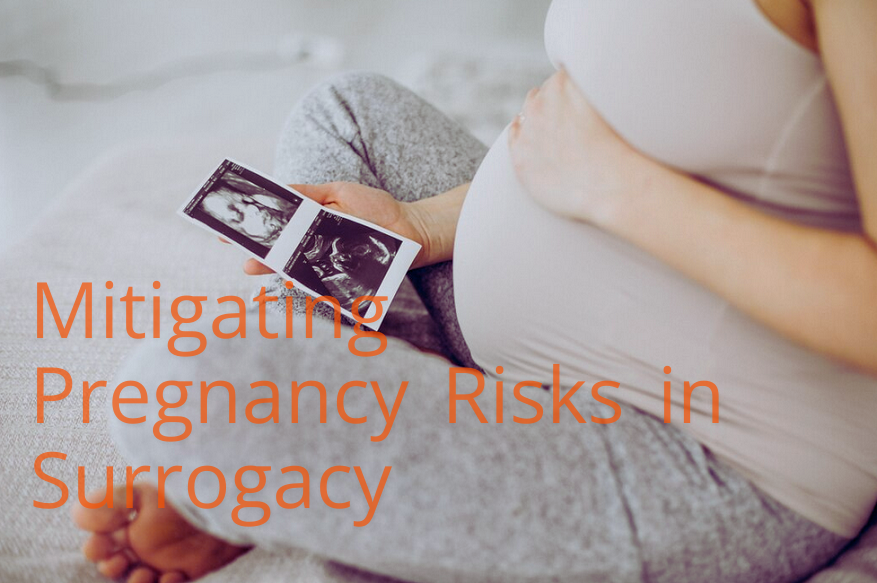In the field of surrogacy, where people’s dreams of becoming parents are fulfilled by carrying another couple’s child for them, the path is not always covered with roses. As we all know, pregnancy entails many risks and complications that must be managed carefully if both the baby and surrogate mother are to remain healthy. This blog will explore what it takes to handle such hazards in both altruistic and commercial surrogacy, from the identification of potential issues to strategies for achieving the best outcomes.
Awareness about Pregnancy Hazards
Pregnancy is a miraculous journey – but one fraught with various medical dangers too. Among these include gestational diabetes mellitus (GDM), preeclampsia, and increased chances of having multiple pregnancies. If not dealt with properly, these conditions can seriously endanger the life or lives involved in surrogacy arrangements.
Gestational Diabetes Mellitus: Dealing with Blood Sugar Levels
The most common risk among pregnant women is GDM. It refers to abnormally high blood glucose levels during altruistic gestational surrogacy. To reduce this risk potentiality, gestators go through regular checks to monitor their sugar content within the bloodstream. Dr Shivani Sachdev Gour does this either through adjusting what they eat or changing their lifestyle, such as doing exercises frequently. Also, if required she recommends insulin injections to control it so that both the infant and mother stay safe.
Preeclampsia: Keeping a Watchful Eye on It
Preeclampsia represents a potentially fatal condition characterized by elevated BP together with organ dysfunction after a 20-week gestation period that has elapsed since conception occurred somewhere around the mid-trimester stage. Hence, throughout her pregnancy, the surrogate should have her urine tested every time she goes for a check-up while also getting examined against high BP readings occasionally so that if detected early enough, necessary intervention can be taken, like putting her under medication close supervision by doctors until such risks subside.
Multiple Pregnancies Risk
Another challenge associated with surrogacy is that there tends to be more than one fetus growing in the womb at any given moment which greatly raises perinatal morbidity and mortality rates for both babies as well as mothers. To combat this, an altruistic surrogacy agency employs selective transfer where only a few embryos are implanted into the uterus or else closely monitoring development during the gestational period to reduce dangers related to carrying many offspring simultaneously.
Conclusion
Responding appropriately to challenges arising from expectant mothers acting as carriers requires everybody’s participation coupled with compassionate hearts. At every delicate step involved here towards mitigating risks, Surrogacy Centre India, the leading altruistic gestational surrogacy in Delhi, ensures a holistic approach for both parents-to-be and surrogates.




